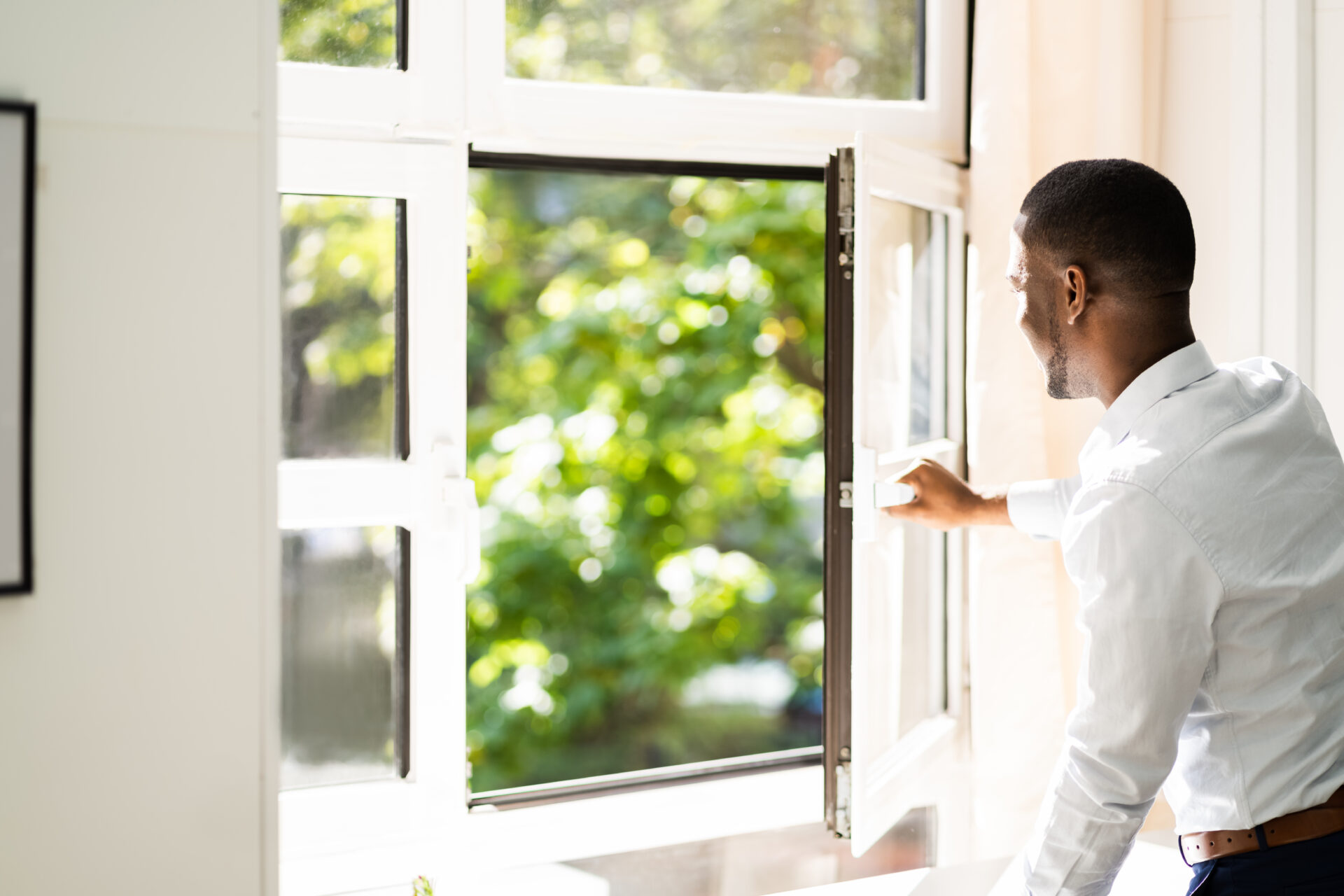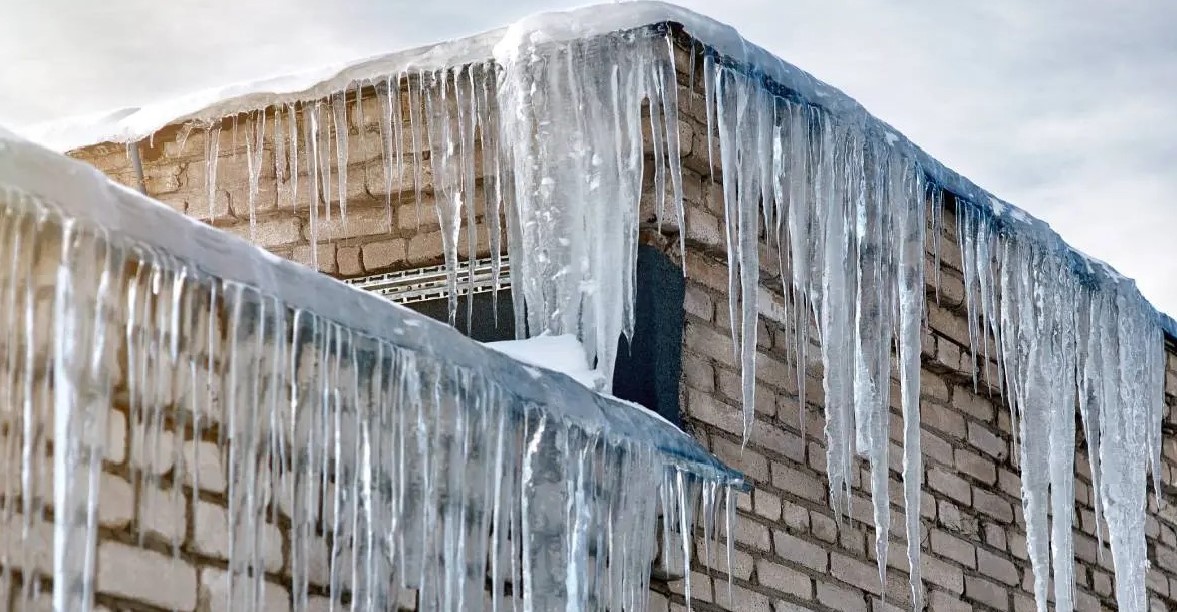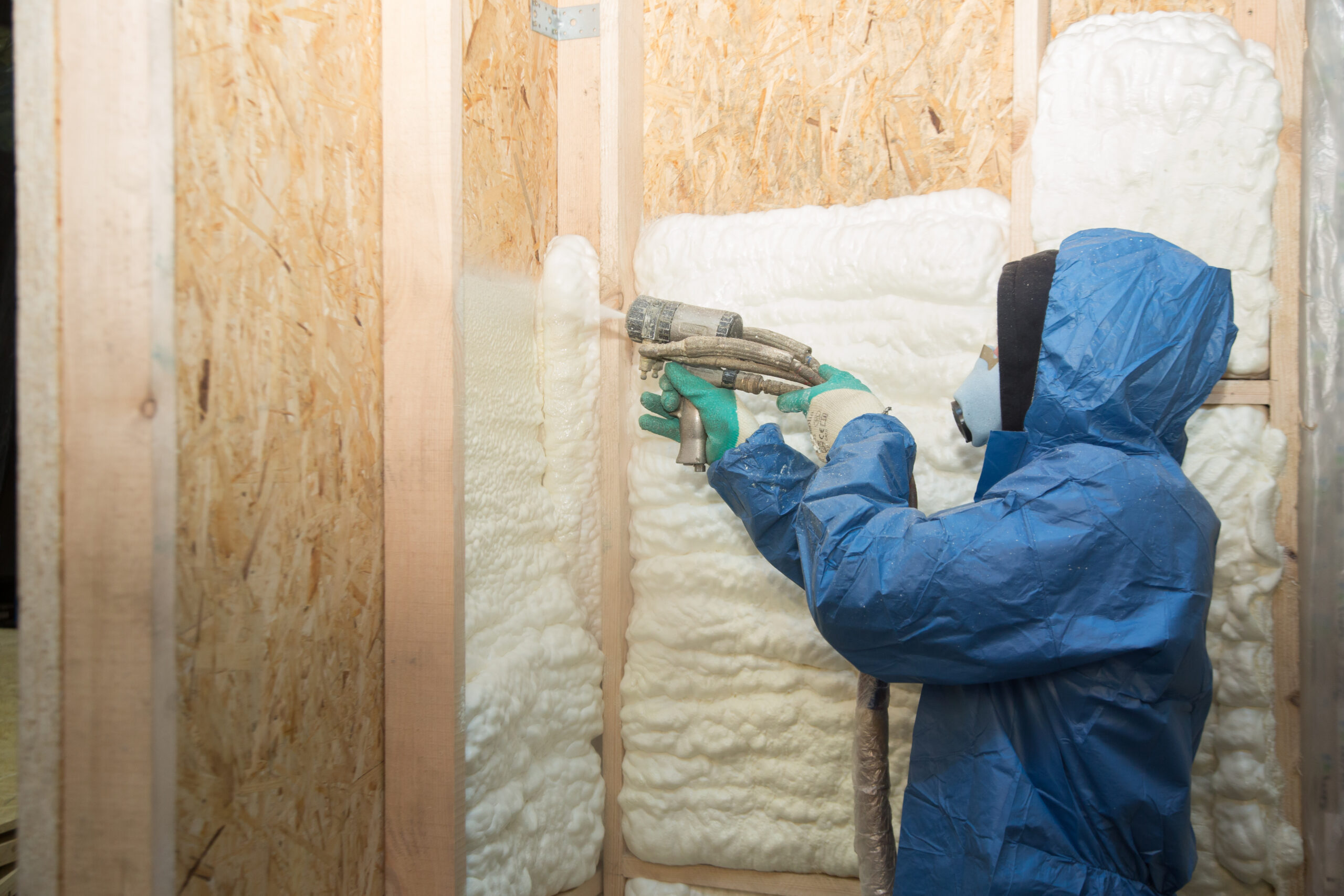Does Your House Really Need to Breathe?

Some people think that homes need to “breathe” to maintain healthy indoor air quality. In a sense, this idea isn’t completely off the mark. Home ventilation is critical for helping reduce harmful indoor air pollutants like dust and gases, and it also helps balance moisture levels and enhance energy efficiency.
Given that Americans spend roughly 90% of their time indoors, indoor air quality is obviously critical. However, soaring energy costs and strict modern building codes surrounding ventilation make it equally critical for other important reasons.
Let’s explore why a house needs to breathe, the benefits of home ventilation, and how it keeps your home healthier, more comfortable, and more energy efficient.
What Is Home Ventilation?
Does a house need to breathe, and what does that even mean? Obviously, homes aren’t like humans and don’t require breathing to survive, but maintaining a balanced influx of fresh outdoor air and having the ability to exhaust stale indoor air are essential elements for health and comfort.
Think of a house breathing by bringing fresh outdoor air inside and circulating it throughout the interior while expelling indoor air outside to remove indoor air pollutants like gases, dust, and cooking odors. This air exchange also helps control potential moisture problems that could otherwise lead to structural damage and the growth of mold and mildew.
Benefits of Proper Ventilation
Although insulation goes a long way toward improving comfort and indoor air quality, attic, floor, and wall insulation isn’t enough to maintain the balance. Choosing an appropriate ventilation system based on factors like the number of people and pets living in the home, health concerns, and preferences results in various benefits, including:
- Removes Pollutants: Adequate ventilation removes or minimizes allergens, dust, and potentially harmful gases like radon and carbon monoxide.
- Balances Humidity: Excess moisture levels can lead to mold growth, insulation problems, and structural damage. It may also cause heating and air conditioning systems to work overtime, shortening their lifespans and increasing energy bills.
- Supports Energy Efficiency: The right system can help reduce overload on an HVAC system and minimize energy consumption, helping homeowners avoid costly utility bills.
Home Ventilation Options
Modern homes are built to be airtight, with attic insulation and other measures working together to prevent leaks and reduce heat transfer. A well-sealed, well-insulated home stays warmer in winter and cooler in summer by preventing cold or hot air from seeping in or out. This also helps HVAC systems run more efficiently while requiring less energy to keep homes at comfortable temperatures.
Choosing the appropriate ventilation option helps ensure that the indoor air remains healthy. The three primary ventilation options include the following:
Natural Ventilation
To some extent, this type of ventilation comes naturally through tiny cracks, gaps, and openings around the home. Homeowners try to seal off as many of these openings as possible to enhance energy efficiency and ensure pests don’t find their way indoors. When natural ventilation is desired, opening doors and windows to let in some fresh air and remove stale air is an easy option. However, when it’s very cold or warm outside or when central heating and cooling systems are running, it’s not a practical option.
Spot Ventilation
If you have an exhaust fan in your kitchen or bathroom, you are already taking advantage of spot ventilation. This option is typically used to supplement whole-house or natural ventilation. It takes indoor air out of the immediate area to remove pollution and moisture as needed.
Whole-House Ventilation
If you don’t want to rely on natural ventilation boosted by spot ventilation to maintain healthy indoor air quality, then whole-house ventilation may be the answer. This type of ventilation provides more control over a home’s ventilation and ensures that it’s consistent. Homeowners can opt for one of four types of whole-house systems, each of which uses a combination of ducts and fans to allow the home to breathe.
The four types of whole-house ventilation include:
- Exhaust systems depressurize houses, relying on air leakage to aid in the ventilation process.
- Supply ventilation systems pressurize homes, allowing the house to breathe, but do not remove moisture from the air.
- Balanced systems bring air in and exhaust it out in relatively equal amounts. Like supply systems, balanced systems don’t remove moisture and can increase energy consumption.
- Energy recovery systems work to minimize air loss, cooling warm outdoor air as it comes in during summer and transferring heat from the indoor air before exhausting it during winter.
Ventilation vs. Leaks: A Critical Difference
People sometimes wonder if a house can be too airtight. In truth, allowing some fresh air in is important, but ensuring your home is properly insulated and sealed against leaks is just as essential. Air sealing prevents conditioned air from escaping through gaps, cracks, and openings. Ventilation provides controlled measures to exhaust interior air and replace it with fresh outside air.
Common sources of leaks include windows, doors, floors, ceilings, and outside walls. You may also have issues around pipes, electrical sockets, attics, crawlspaces, and basements.
How to Assess Home Ventilation
Essentially, a house needs to breathe, but it’s essential to make sure it does so in a controlled fashion to minimize energy loss and enhance efficiency. One of the most effective ways to see if your home is properly ventilated also helps assess its efficiency. A free home energy audit conducted by Standard addresses safety concerns, locates leaks in ducts and other areas, and identifies appliances that may be draining a home’s energy. Based on the results of the energy audit, Standard can provide air sealing, duct sealing, upgraded HVAC systems, and other methods to improve your home’s ventilation.
Contact Standard to Learn More About Your Home’s Ventilation
Your house does need to breathe, but how well is it performing overall? Let the experts at Standard perform an energy audit to assess your home. We will make recommendations to ensure your home is comfortable, healthy, and as energy efficient as possible.
Call us today at 1-800-738-1424 to learn more.


